Before writing this review I spent an hour looking for my original Pevsner paperback on Cornwall, published in 1951 (the first in the ‘Buildings of England’ series). It was falling apart, but I always took it with me on an architectural jaunt, together with my father John Betjeman’s Shell Guide to Cornwall, of course. The two books were good companions. The Pevsner was littered with notes in the margin, made by my dad, like ‘absolute balls,’ ‘what?’ or ‘wrong’ underlined. (I did not find the tattered book and can only conclude that some light-fingered book dealer has stolen it within the last year.)
Admittedly there were inaccuracies but with no official buildings ‘list’ at the time, Nikolaus Pevsner was out on his own. His chief interest was always the churches and he never presumed to write much about ‘place’. If a village had no noteworthy buildings he would simply leave it out, however picturesque it happened to be. In the amended and scantily revised 1970s edition, the
hitherto unmentioned village of Polperro, for instance, was given two column inches using my father’s Shell Guide description in quotation marks — a tacit acknowledgment that the two guides served different purposes. Pevsner was architectural dates and details, Shell more mood.
While revering both Pevsner and Betjeman, what Peter Beacham has done with the latest Cornwall is to perform magic: he has brought the two together. In consequence it’s a wonderful guidebook and I’m not just saying that because I know and love the county so well. Yale University Press made an inspired choice in Beacham. Not only is he a lyrical and sometimes funny writer with a true gift for evoking place, but he also cares passionately about architecture and about doing full justice to Cornwall. From his home in Exeter he has left no fern banked lane or secret drive unexplored; no farmhouse, manor, church, chapel, village or town unvisited and, 60 years after Pevsner’s original Cornish exploration, he has brought a fresh eye to everything.
It has taken him ten years. Beacham worked at English Heritage for over two decades and ended up being head of the listing of buildings: he is also an Anglican priest with a deep knowledge of ecclesiastical history. In consequence, he has greatly enriched Pevsner’s original guide, which gave short shift to Victorian churches, for instance, and missed out whole swathes of hidden Cornwall. Beacham said that he felt my father was sitting on his shoulder
everywhere he went. Well, I can certainly feel him around the place. The original Pevsner sums up St Endellion as ‘a beautifully kept church by a main road’. But Beacham writes: ‘The church stands sentinel over its coastal parish, low-roofed against Atlantic gales, and imbued with a profound serenity.’
The fact that English Heritage’s catalogue of listed buildings is available online, and serves as such a miraculous tool for architectural historians, should not detract from Cornwall’s value. Beacham has taken his own stance and revealed obscure and unregarded places. In Penzance, for instance, one of his favourite and in his view underrated towns, he singles out the 1935 Jubilee Pool: ‘It rests sleekly like a liner at anchor projecting into the sea between the quay and the promenade.’
But of all his revelations what thrilled me most was in the village of Tintagel, whose castle, old post office and quaint gift shops are all the thousands of tourists ever visit. Secreted at the back of Trevena House (remodelled from 1928 to 1933 as the headquarters of the Fellowship of the Knights of the Round Table of King Arthur) is the ‘spectacular’ Hall of Chivalry, which sports 73 stained glass windows in the Arts and Crafts style as well as a rich variety of Cornish building materials — polyphant, red porphyry and the cross of the knights in white elvan. At the end of the hall King Arthur’s throne is approached up steps of different Cornish granites.
Pevsner omitted it, but to be fair he probably didn’t even know it was there, and however sketchy his first guide was, he was a brave pioneer who left a lasting and invaluable legacy. I know that in the end there was a mutual respect between him and my dad. The latter lies in St Enodoc churchyard now, with a Delabole slate headstone bearing a ‘wonderfully spirited Gothick inscription, surrounded by entwined flora and fauna, exquisitely executed, and lovely in all weathers’. If anyone understands and loves Cornwall, Peter Beacham does.
Got something to add? Join the discussion and comment below.
Get 10 issues for just $10
Subscribe to The Spectator Australia today for the next 10 magazine issues, plus full online access, for just $10.
Available from the Spectator Bookshop, £30. Tel: 08430 600033
You might disagree with half of it, but you’ll enjoy reading all of it. Try your first month for free, then just $2 a week for the remainder of your first year.

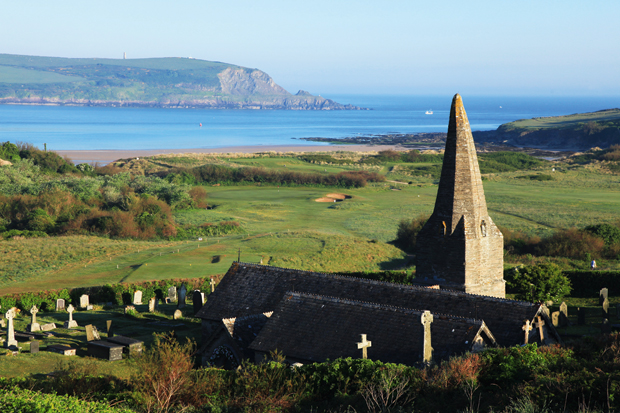
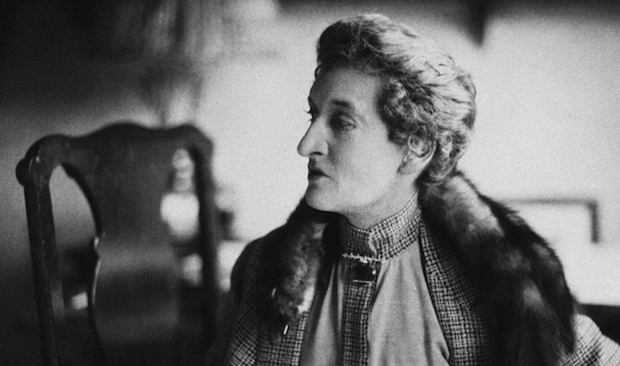

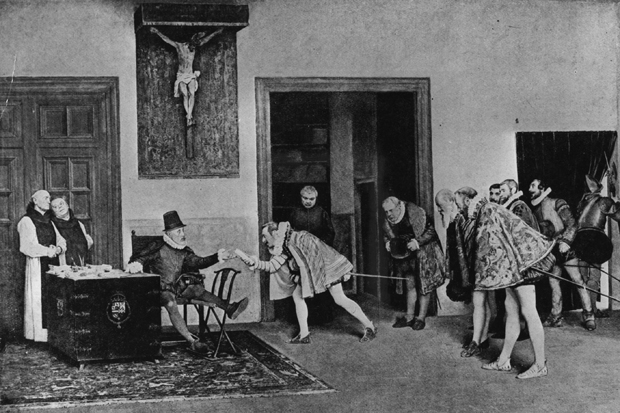
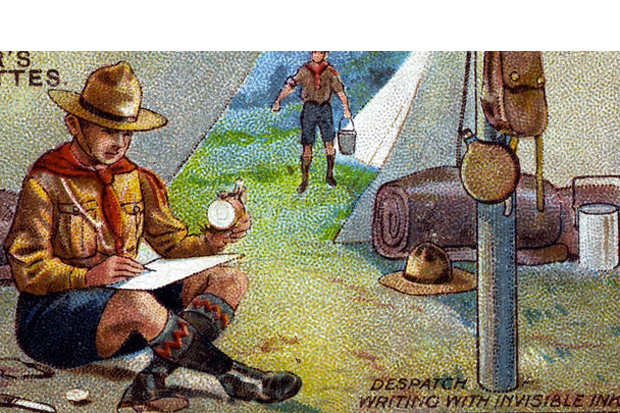
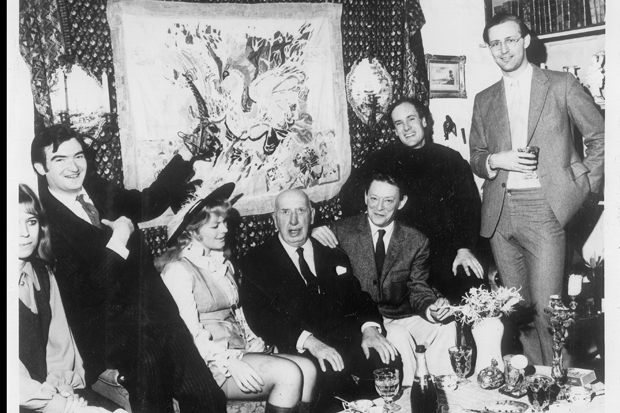
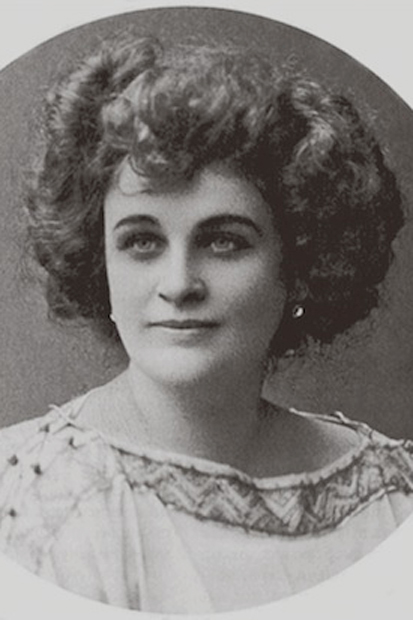






Comments
Don't miss out
Join the conversation with other Spectator Australia readers. Subscribe to leave a comment.
SUBSCRIBEAlready a subscriber? Log in